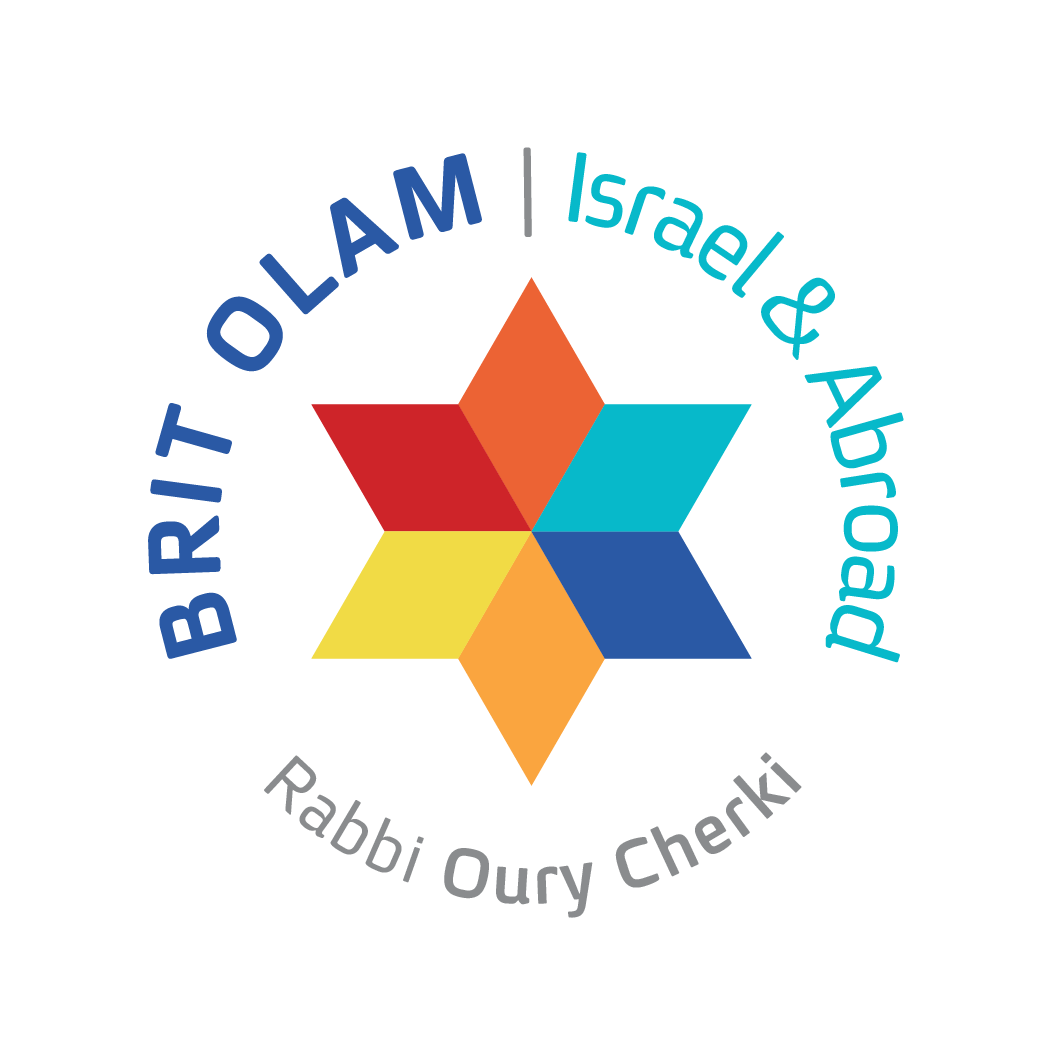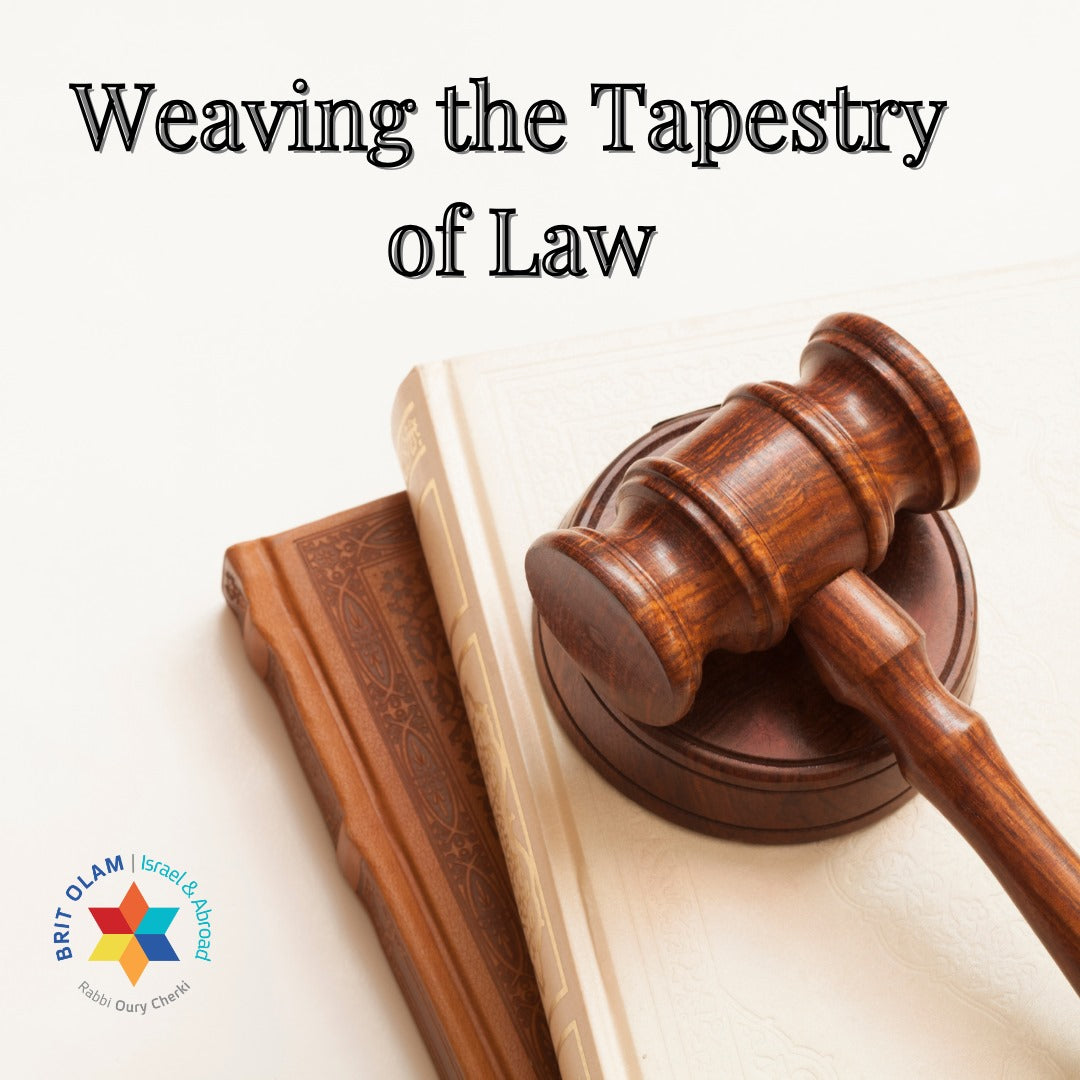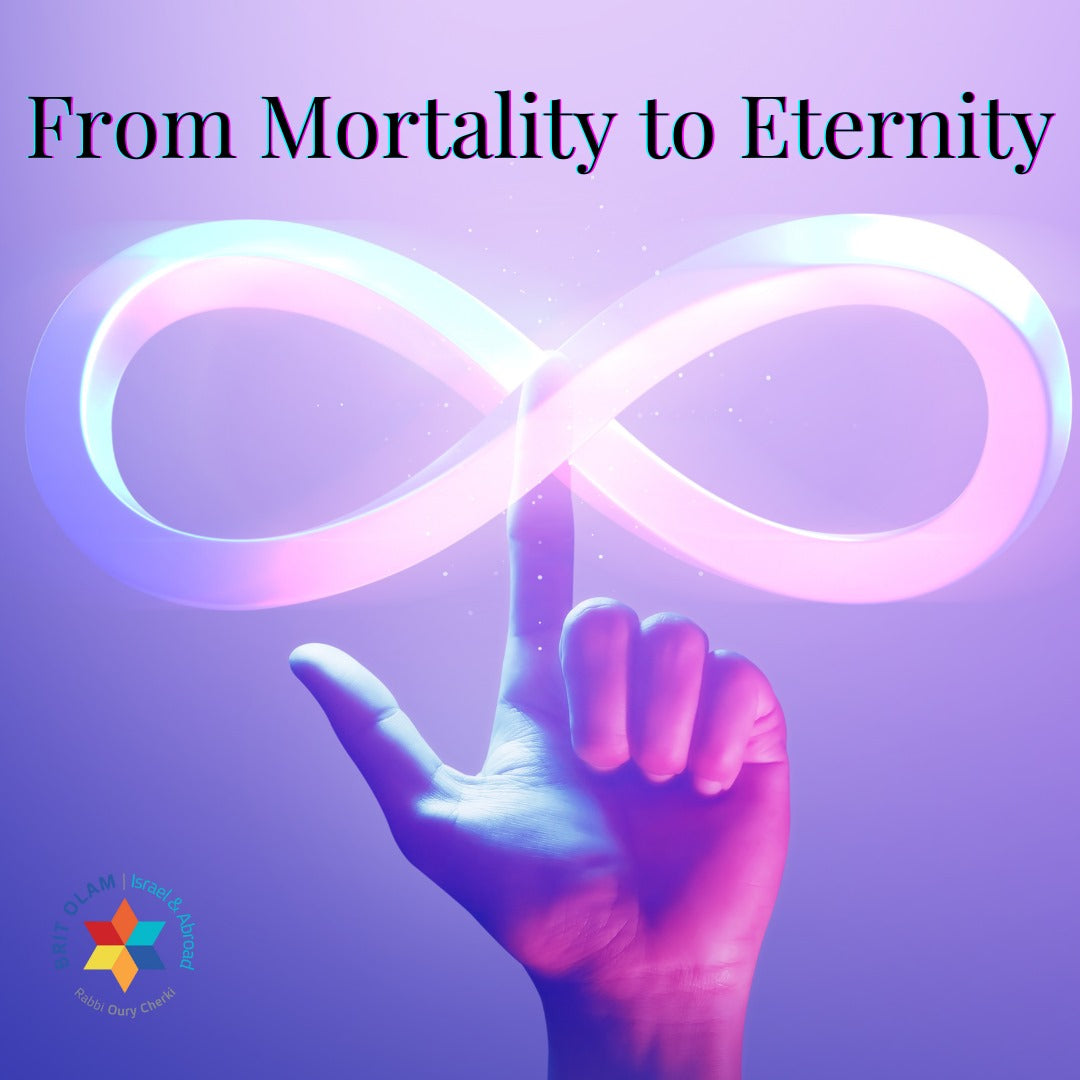What is the difference between the Torah portion of "Tzav" (Command) and the portion of "Vayikra" (Leviticus)? In "Vayikra," we read about a person who spontaneously desires to offer a sacrifice. Such a sacrifice is called a "Nedavah" (voluntary offering). Rashi comments, "About a voluntary offering, does the verse speak." In contrast, the portion of "Tzav" addresses those who do not necessarily wish to offer a sacrifice but do so because of the command and authority of the commandment. Therefore, the portion begins with the word "Tzav" (Command). Indeed, this portion deals with laws that an individual may not naturally gravitate toward, such as attending to the remnants of the sacrifice on the altar throughout the night. These are challenging tasks, so without the command, one cannot rely on personal volition to fulfill them.
In other words, we have two motivations: the motivation of a voluntary offering, which is spontaneous, and the motivation stemming from obligation, which comes from the command. Here, we see a difference in the order of sacrifices. In the Book of Leviticus, we have the "Olah" (burnt offering) followed by the "Shelamim" (peace offering), and only then do we have offerings for sins, such as "Chatat" (sin offering) and "Asham" (guilt offering). What is the difference between an "Olah" and "Shelamim"? An "Olah" is a sacrifice where all the meat of the animal offered on the altar is entirely burnt. The individual bringing the offering gains nothing or even loses money. However, this is not the case with a "Shelamim." When one offers a "Shelamim," they place some fat and blood on the altar, which cannot be eaten, and the rest of the meat is consumed. They then declare that they are offering it to God. This demonstrates a profound partnership between the individual and the Divine as if the person is invited to a meal at the table of the Creator.
The question arises: can we truly trust that when a person offers "Shelamim," they genuinely intend it for the sake of heaven? So, if it is "Vayikra," then yes. In "Vayikra," when we see that a person has a spontaneous inclination towards serving God, immediately after the "Olah," we see the "Shelamim." Only afterward do we encounter offerings for sins if the individual has sinned. In contrast, in "Tzav," the sin offerings precede the peace offerings. In other words, if it is someone who only performs the command because of the commandment, then we want them first to rectify their sins, and only then can they offer peace offerings - Then they can be believed when they say their intention is for the sake of heaven when eating from the sacrifice. There is a significant pedagogical lesson here: people cannot always rely on themselves to have pure intentions. If they need to be commanded to perform a mitzvah, they should first take care of their sins, and only then should they come to partake from the Divine table.


